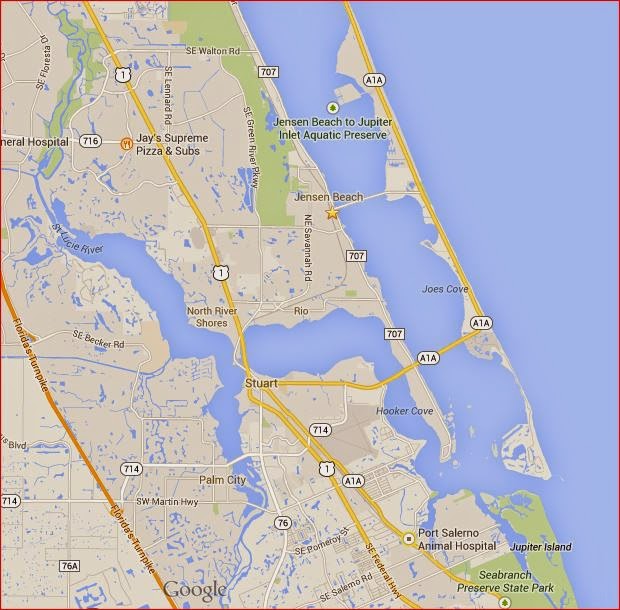At the top of almost every inshore anglers list is the flounder. Actually a collection of three main species, flounders are perhaps the finest table fare found in the estuaries and lagoons of our Florida coasts. Here, we summarize everything you need to know about catching flounder.
When to Find Flounder
You can find flounder year-round; you just have to know where to look during each season. In general, during spring, summer, and early fall, flounders spend the majority of their time dispersed throughout the estuaries. Late fall throughout winter is termed the “flounder run,” as this is when the fish all travel downstream to the inlets, to aggregate together before heading offshore to spawn. This usually occurs after the first major cold front in the fall.
Where to Catch Flounder
When the fish are inshore, they can be caught in a wide variety of habitat types. In all cases, the fish will be buried slightly below the sand or mud, waiting to ambush prey. They like to sit near structures such as oyster reefs, sandbars, channel edges, and the pilings of docks, bridges, and piers. During the fall flounder run, the fish can be found aggregated in the inlets, and can be caught along the jetties of the inlets throughout the winter.
Tackle for Flounder
The tackle you use for flounders should be as light as it can be. A good starting point is a light or medium reel capable of 10-to-12 pound test braid of fluorocarbon line, tied to a 20-pound fluorocarbon leader. The rod chosen should be a light, sensitive model. The reason for this is simple – you want to have greater sensitivity for feeling the bites. Often times, flounders will not swallow the bait whole and run like many other fish. Instead, they only grab the bait, leaving it sort of half way out of its mouth. This first bite can feel like just a small tap, and is likely missed often by anglers with too heavy gear. It’s important to not miss this tap, as after you feel it, you want to wait about 5-to-10 seconds before setting the hook.
Spinning Tackle for Flounder
Spinning tackle is easy to use, and can be used in all situations for catching flounders. It is especially effective when baits need to be pitched under mangrove branches or under docks, where the ease of use makes getting the perfect cast simple. Spinning tackle is also very good for fishing the more open areas such as sandbars, so that the drag system can be fully utilized to tire the fish quickly.
Baitcasting Tackle for Flounder
Baitcasting tackle has several benefits over spinning tackle when it comes to flounder, but is not as magnified as for other species. For one, you will get more leverage for pulling the fish out from structures; however, this is only useful for the largest flounders, since they’re not the strongest fighters in the sea. The other benefit is that you can get a farther cast, which can help with covering more ground.
Baits for Flounder
Flounders eat a wide variety of fish and crustaceans, but there are some baits that seem to work better than others when on the end of a hook. The hands-down best bait is a mud minnow, properly known as the Mummichog.

These small “minnows” are very common throughout estuaries and the muddy backwaters feeding into them. The other baits that work very well include finger mullet and shrimp, followed by others such as sardines, menhaden, and pinfish.
Lures for Flounder
The best artificial lures for flounders are ones that mimic fish or shrimp, and are either pre-weighted (such as the many D.O.A. lures), or can be pieced together using a jig head and either a fake shrimp or fish. Fish these lures the same way you would live bait – by dragging or gently bouncing the jig along the bottom.



